Sustainable Palm Oil: Fact or Fiction? A Look at RSPO Certification
Original content owned & copyrighted by Green Global Travel. If you looked up the phrase “double-edged sword” in the dictionary, there should really be a picture of palm oil. Eco-conscious conservationists would likely prefer a complete ban on palm oil products. Growing and harvesting palm oil continues to cause widespread deforestation in countries such as the Philippines, Indonesia, and Malaysia because brands like Unilever, Keep Reading The post Sustainable Palm Oil: Fact or Fiction? A Look at RSPO Certification appeared first on Green Global Travel.
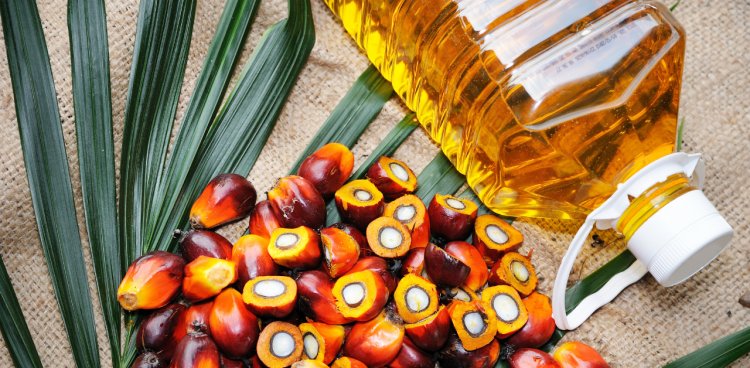
Original content owned & copyrighted by Green Global Travel.
If you looked up the phrase “double-edged sword” in the dictionary, there should really be a picture of palm oil.
Eco-conscious conservationists would likely prefer a complete ban on palm oil products. Growing and harvesting palm oil continues to cause widespread deforestation in countries such as the Philippines, Indonesia, and Malaysia because brands like Unilever, Nestlé and PepsiCo continue to buy palm oil from rogue producers.
There are other unsavory facts about palm oil: Foods with palm oil are often produced at the expense of local communities, whose land is used without permission and workers are exploited without fair wages or safe conditions.
On the flip side, there are inarguably also certain benefits of palm oil. For one, most alternatives to palm oil (including sunflower, soybean or rapeseed oil) require a lot more land to produce the same amount of oil. Palm trees produce 5-10 times as much oil as other crops, and palm oil boasts unique properties (including taste and high heat tolerance).
More importantly, millions of farmers in Southeast Asia rely on palm oil production for their income, including 4.5 million in Indonesia and Malaysia alone. In terms of broad-scale poverty reduction, no other crop even comes close.
So if we consider palm oil something of a necessary evil, the question becomes how can we make the production and extraction of palm oil sustainable?
To that end, there’s the Roundtable on Sustainable Palm Oil. The RSPO was founded in 2004 with a mission to promote the growth and use of sustainable oil palm products through the establishment of global standards and multi-stakeholder governance.
With nearly 5,000 RSPO members from 94 different countries, the organization annually certifies more than 50 million metric tonnes of sustainable palm oil. But its methods are not without prominent critics in the conservation community.
Here, we’ll take a look at how sustainable palm oil is defined, the complex standards for RSPO certification, and why some experts claim that there’s really no way to make palm oil sustainable.
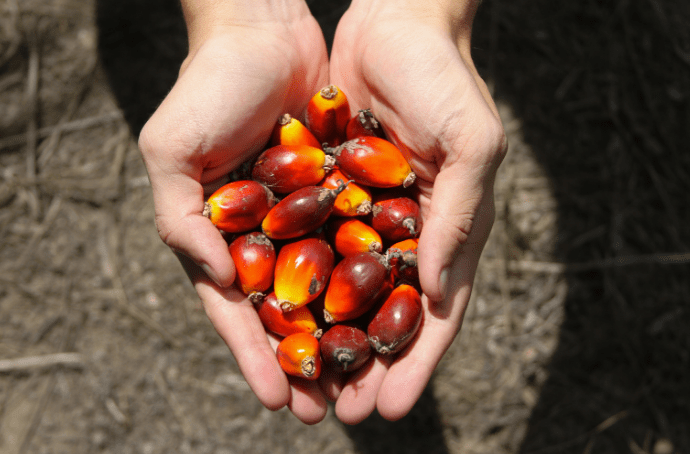
What is Sustainable Palm Oil?
In order to be considered truly sustainable, palm oil must meet 8 specific criteria that were established by the RSPO.
These criteria were designed to ensure that no primary forests, fragile ecosystems, or areas containing high concentrations of biodiversity (especially those home to endangered species) are cleared in order to create palm oil plantations.
The criteria also include measures designed to reduce the use of pesticides and fires in agricultural practices; fair and ethical treatment of workers; and ensure consultation of local communities before new plantations are developed on their land.
In short, sustainable palm oil should be much more eco-friendly than unsustainable palm oil, which often leads to cutting down forests for plantations, exploiting local workers, and removing indigenous people from their ancestral land.
However, there is ongoing disagreement among prominent environmental NGOs about how sustainable palm oil production can actually be.
Conservation International seems to think the benefits of palm oil outweigh the harm. They urge companies that use palm oil to use 100% certified sustainable palm oil that meets or exceeds the RSPO standards, from physically certified sources.
But Greenpeace has been particularly outspoken in its criticisms of the RSPO. Their “Certifying Destruction” report claimed that there was significant deforestation in areas owned by RSPO members, and that “a significant share of the fires blazing in Sumatra and Borneo [in 2013] were in RSPO member concessions.”
In the interest of sorting sustainable palm oil fact from faction, we recently spoke to the RSPO’s Director of Outreach & Engagement, Dan Strechay. Read on for our in-depth interview…
READ MORE: The Important Role of Community Based Tourism in Responsible Travel
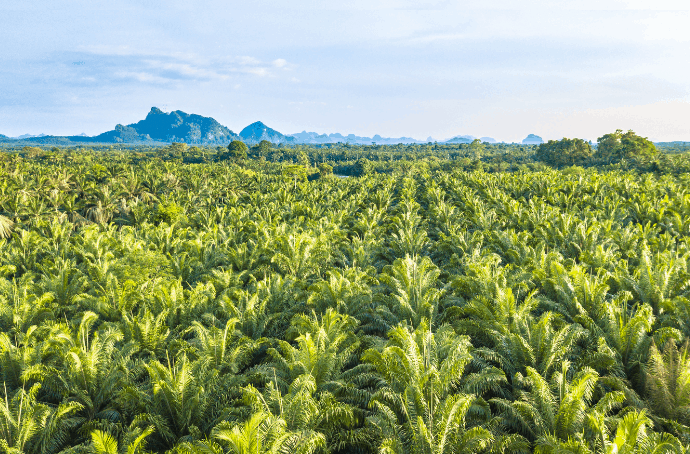 Photo via Canva
Photo via CanvaQ&A With RSPO Outreach Director Dan Strechay
Let’s start off with an overview of why so many people are seeking alternatives to palm oil. Why is palm oil bad for the environment?
Dan Strechay: The oil palm– the plant that produces palm oil and palm kernel oil– isn’t unsustainable. It’s just a plant or a crop. It’s where and how we’ve grown it that’s the issue.
When grown unsustainably, oil palm agriculture can have damaging impacts on the environment, potentially destroying the habitats of unique animal species, such as Elephants, Orangutans, and Tigers, as well as tropical rainforest tree species like kempas, ramin, and meranti.
But when grown sustainably and in line with the RSPO Principles and Criteria (P&C), a space is created where palm oil agriculture and the environment can co-exist, primary and secondary forests are protected, and the habitats of wildlife are not harmed.
In fact, the first detailed Life Cycle Assessment (LCA) study showed that RSPO certified sustainable palm oil has 35% lower global warming impact and 20% lower biodiversity impact from land-use changes than non-certified palm oil produced in Indonesia and Malaysia.
READ MORE: How Palm Oil Deforestation Contributes to Climate Change
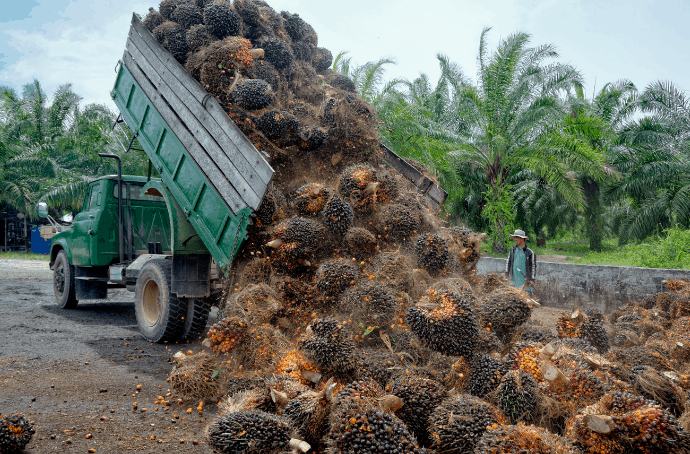 Photo via Canva
Photo via Canva
What are the key differences between sustainable palm oil and unsustainable palm oil?
Achieving a sustainable palm oil supply chain that respects biodiversity, natural ecosystems, deforestation, local communities, and workers in palm oil producing countries is a global challenge.
One of the most urgent issues facing palm oil producing countries is deforestation and protecting peatlands, as well as the associated destruction of biodiversity.
This has been a key area of focus and discussion for the RSPO and its stakeholders, and was incorporated into the RSPO 2018 P&C by including the High Carbon Stock Approach (HCSA).
READ MORE: 30 Facts About Deforestation & Its Effects on the Environment
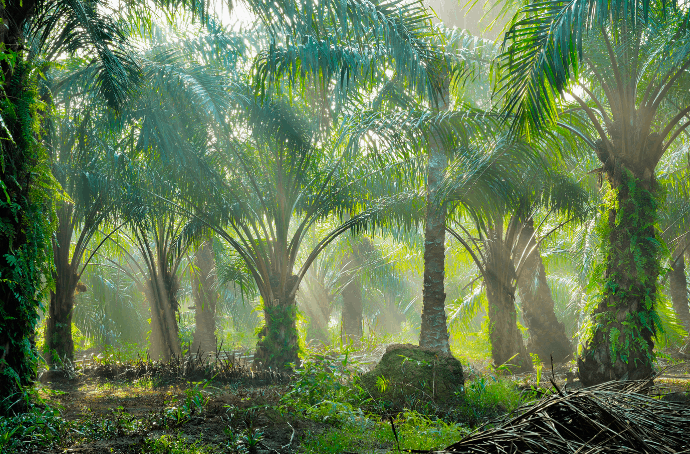 Photo via Canva
Photo via Canva
For RSPO certification, what standards do palm oil suppliers have to meet?
Palm oil suppliers are certified through strict verification of the production process to the stringent “RSPO Principles & Criteria for Sustainable Palm Oil Production” by accredited Certifying Bodies.
It can be withdrawn at any time in case of infringement of the rules and standards. All organizations in the supply chain that use RSPO certified palm oil products are audited to prevent overselling and mixing palm oil with conventional (or non-sustainable) oil palm products.
The Seven Principles for growers to be certified are:
-
Behave ethically and transparently
-
Operate legally and respect rights
-
Optimize productivity, efficiency, positive impacts, and resilience
-
Respect community and human rights and deliver benefits
-
Support smallholder inclusion
-
Respect workers’ rights and conditions
-
Protect, conserve and enhance ecosystems and the environment
This standard completely bans deforestation, new planting on peat, the use of fire, exploitation and also requires a decent living wage. The full set of 160+ principles and criteria can be found here.
READ MORE: Going Green: 60 Earth Day Tips You Can Use Every Day
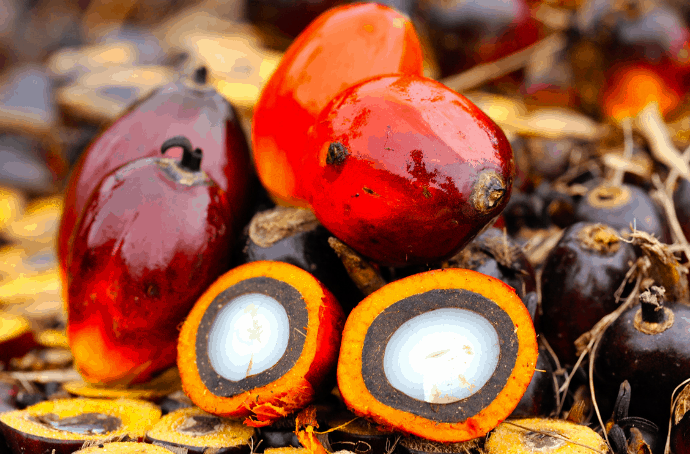 Photo via Canva
Photo via Canva
How has interest in sustainable palm oil changed since you joined the Roundtable on Sustainable Palm Oil in 2016, both from the consumer and grower side?
You didn’t ask about businesses in the downstream, but they’ve have been transformative.
Since 2016, sales of certified sustainable palm oil have continued to increase. The market that I first worked on, in North America, has come an extremely long way.
For example, the U.S. and Canada had about 120 RSPO members in 2016, but today the countries have 711 members.
We’ve seen a big shift from credits (the book and claim supply chain) to physical supply chains, like mass balance and segregated. So, despite low consumer awareness overall, businesses have taken the lead in implementing sustainable sourcing policies.
In terms of RSPO growers, they have committed to arguably the most stringent set of standards for any agricultural commodity.
READ MORE: How to Reduce Your Carbon Footprint w/Carbon Offsets & More
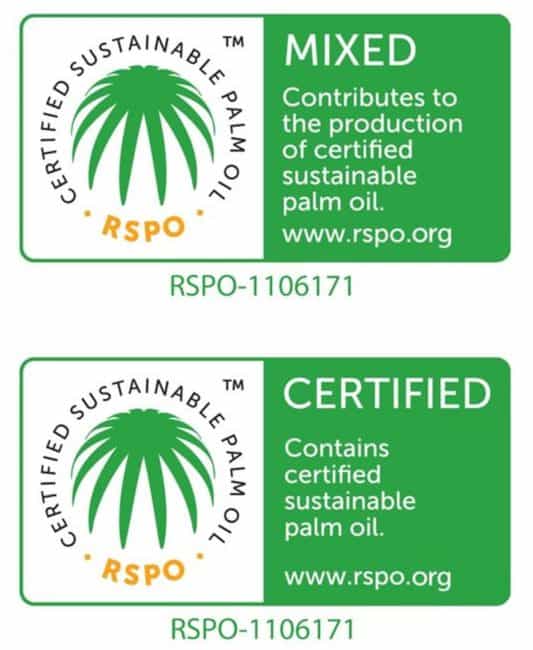 RSPO Certification Seal
RSPO Certification Seal
The Non-GMO Project became increasingly high-profile by getting their seal on packaging. How can consumers find sustainable palm oil products when they go to their local grocery store?
Until such time as sustainable palm oil becomes “the norm,” it’s important for consumers to understand that there are different ways in which palm oil can be produced.
Labelling products that contain Certified Sustainable Palm Oil (CSPO) and the use of the RSPO Trademark on products are simple ways for consumers who don’t know anything about palm oil to easily identify “good” palm oil.
But ensuring trademark use won’t solve the larger sustainability challenge. The onus shouldn’t be on consumers to check that all the right trademarks are on the products they want to buy. I believe that is the responsibility of the companies using palm oil in their products.
Sustainability should be the norm. Governments should build on the voluntary initiatives from the private sector by implementing binding rules to ensure that brands that use palm oil follow high standards to act responsibly and address social and environmental issues.
READ MORE: Are GMO Crops the Future of Food? (Intro to Plant Biotechnology)
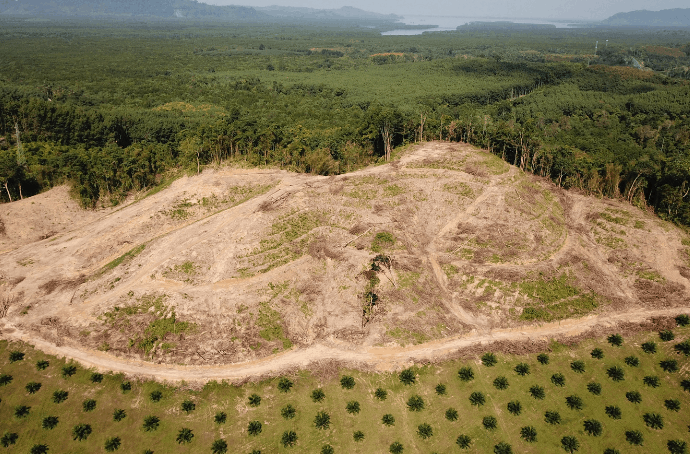 Photo via Canva
Photo via Canva
According to The Independent, a 15-year Purdue University study found that palm oil plantations with eco-friendly endorsements have lost 38% of their forest cover since 2007, while non-certified areas only lost 34%. How do you respond to critics who suggest, “there’s no such thing as sustainable palm oil”?
The Roundtable on Sustainable Palm Oil (RSPO) welcomes thorough research that takes a compelling look at the challenges facing the oil palm industry and other agricultural commodities, while providing constructive criticism.
There have been many studies across the years that have contributed to a constructive debate regarding the effectiveness of our standard and efforts to make sustainable palm oil the norm.
However, the RSPO, other researchers, and institutions have concerns regarding the methodology and rigor of the recent study published in the Science of the Total Environment, which we have expressed to the study’s authors.
The study dismisses the efficacy of certification because, according to the authors, the lands were sanitized (deforested already) prior to the creation of the RSPO and other organizations’ certification schemes, and therefore certification provided no added positive impact.
Under this logic, any improvements stemming from the COP21 Paris Agreement on Climate Change are invalid, because our current climate situation was created by those who signed on to the agreement.
This line of thinking diminishes the incentive to change and shift from the status quo, even in dire circumstances.
READ MORE: How Fires in Indonesia & Palm Oil Are Killing Orangutans
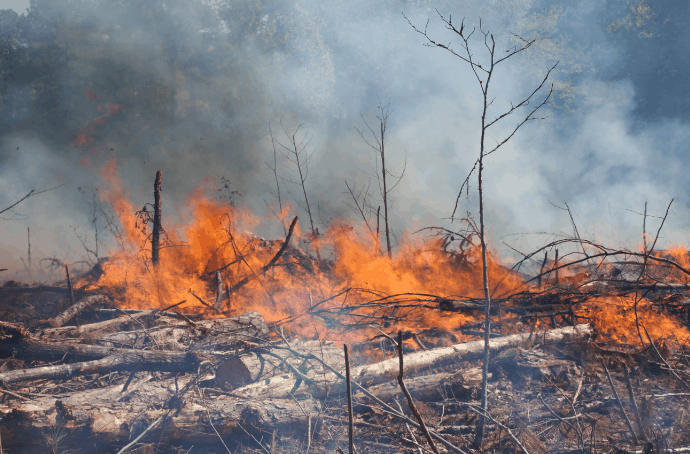 Photo via Canva
Photo via Canva
The study’s author, Roberto Gatti, said that both sustainable and non-sustainable palm oil plantations have historically required complete removal of the original tropical forest. Is he wrong about the levels of deforestation for palm oil, or is this changing?
The tree cover loss data referenced in these studies does not differentiate between planted (including clearing of old oil palm for replanting) and natural forest cover.
Aside from the current study by Gatti et al., there are three other studies that have evaluated the impact of RSPO forest cover loss using similar datasets. However, they provided clear caveats and detailed explanations of their analyses.
To account for limitation of the dataset, one study (1) excluded areas identified as plantation and mixed tree crop. Another study (2) excluded areas occupied by natural forest from their analyses of deforestation.
Contrary to these studies, Gatti et al. failed to adequately define the context and scope for measurement of tree cover loss in the Science of the Total Environment study.
References:
1. Kimberly Carlson et al. (2017) Effect of oil palm sustainability certification on deforestation and fire in Indonesia,
2. Erik Meijaard et al. (2017) An impact analysis of RSPO certification on Borneo forest cover and orangutan populations
3. Praveen Noojipady et al. (2017) Managing fire risk during drought: the influence of certification and El Niño on fire-driven forest conversion for oil palm in Southeast Asia.
All three of these studies referenced Hansen et al. (2013) data, but provided very clear caveats and explanation of their analysis.
For example, Carlson et al. (2017) stated that since tree plantations may be indistinguishable from intact forest based on forest canopy cover, they excluded areas identified as plantation and mixed tree crop from deforestation assessments.
Meijaard et al. (2017), on the other hand, stated that the tree loss map does not distinguish between removal of natural and planted trees. So, their analysis excluded tree loss outside of area occupied by natural forests.
Note that Carlson et al. (2017) matched plantations, and analyzed data pre- and post-certification. Her research looked only at the Indonesia landscape.
Meijaard et al. (2017) did not match plantations, and analyzed data from 1999-2002, 2003-2008, and 2009-2014. Meijaard’s paper looked at the Borneo landscape (in Kalimantan, Sabah and Sarawak).
Noojipady et a. (2017) looked at forest cover loss related to fire so it is not similar to the first two.
In terms of the findings, both Carlson and Meijaard found reduced deforestation rates in RSPO certified concessions after certification, compared to non-certified areas. However, both have mentioned that certified concessions retained little residual forest when they received certification.
READ MORE: Orangutan Conservation at Sepilok Orangutan Rehabilitation Center
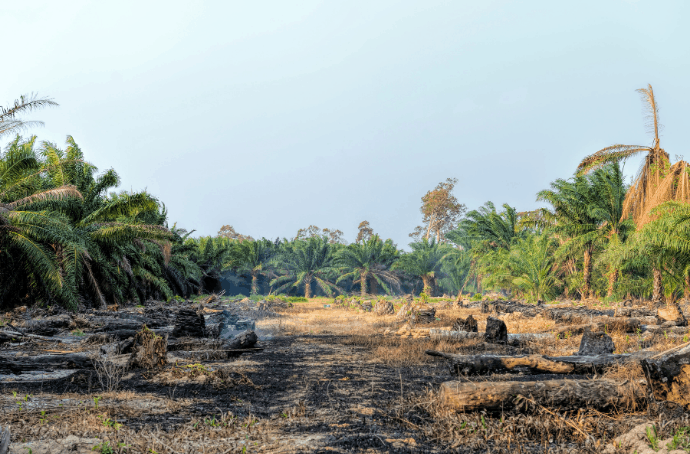 Photo via Canva
Photo via Canva
So the RSPO’s position is that Gatti’s research didn’t paint the full picture?
The RSPO was established through a multi-stakeholder approach, including growers, businesses, and civil society, and sets out the RSPO Principles and Criteria (P&C) for compliance towards sustainable practices.
The RSPO standards are not intended to absolve members of any past issues. Rather RSPO seeks to ensure that members implement practices which safeguard the environment, protect human rights, and avoid the recurrence of past problems.
Sustainability is a journey, and we believe that if sustainable palm oil companies are rewarded for improving farming practices, we can transform the production of palm oil, and bring more stakeholders on our collective journey.
The findings in this paper do not distinguish between plantations established on forested areas from plantations established on logged areas (i.e. transfer of ownership), and the regional history of plantation establishment.
Furthermore, the research datasets for plantation start dates for RSPO certified supply bases indicate that many of the plantations were established prior to the formation of the RSPO, when there were no industry-driven standards for better regulation of plantation management, or social and environmental protections.
READ MORE: What is Permaculture Gardening? An Intro to Sustainable Design & Principles
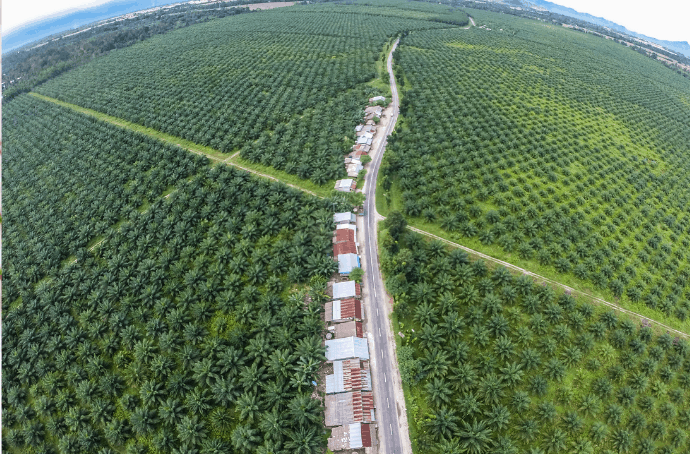 Photo via Canva
Photo via Canva
Why did it take the RSPO 14 years (2004-2018) to officially ban members from destroying forests? And how do you respond to Greenpeace’s claim that “RSPO members are still destroying forests and getting away with it”?
First, the first standard for the RSPO was not passed until 2008, because it was founded as a membership organization as opposed to a certification standard.
Second, the RSPO P&C Standard has always protected primary forest. As standards like High Conservation Value and then the High Carbon Stock Approach evolved (which did not have an agreed-upon definition until after our 2013 standard was passed), we incorporated more rigorous standards into our Principles & Criteria.
Not until about 2015 was there agreement on this more rigorous definition of deforestation.
But once there was consensus, the membership adopted HCS into the 2018 P&C Standard. Any violation of our standard could result in a suspension or termination of a member in extreme circumstances.
READ MORE: The 20 Biggest Forests in the World Travel Bucket List
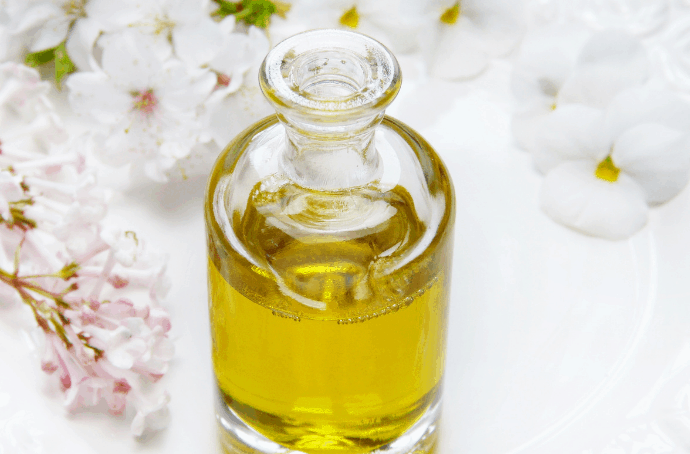 Photo via Canva
Photo via Canva
How does the RSPO plan to improve its members’ sustainability initiatives for the growth and extraction of palm oil in the future?
The RSPO undertakes a review of its P&C every five years. It is up to the RSPO members to help define the agenda and how they will continuously improve the standard.
The 2018 P&C was a giant leap forward in terms of sustainability, and I would expect more work to be done in the area of human rights during the next revision.
READ MORE: The Top 20 National Forests in America for Camping & Hiking
 Photo via Canva
Photo via Canva
Where do you see the movement to make palm oil sustainable heading in the future, as deforestation and climate change become drastically important to the planet’s future?
I hope that we can start to have a more equitable conversation about these issues.
Having wealthy western nations force restrictions on producer nations’ economies without offering some sort of alternative or compensation for leaving their forests standing is never going to work.
Instead, countries and companies in palm oil-producing regions must be incentivized to fight climate change and deforestation, or I don’t see these issues being solved.
For example, the U.S. is a relatively small market for foods that contain palm oil. How do we get China and India– the two largest export destinations for palm oil– to also embrace sustainable palm oil? And what do we do to encourage a country that has standing rainforest to not develop an agricultural sector when they want to create jobs or have food security?
Buying sustainable palm oil products and other sustainably sourced products is a clear way to reward those willing to make the investment in better practices.
I think if we can make the palm oil industry a showcase of how bad practices can be stopped, then it can give the flight path for other commodities that cause deforestation. –by Bret Love
The post Sustainable Palm Oil: Fact or Fiction? A Look at RSPO Certification appeared first on Green Global Travel.
















